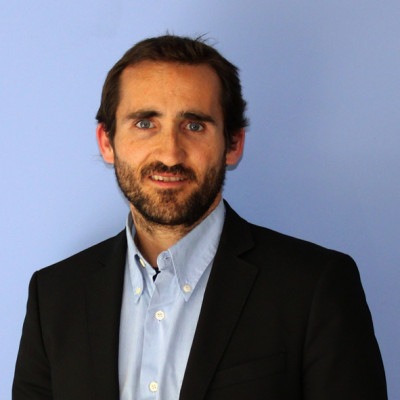This is a guest post by Derek Butler, CEO of GRID Finance
The Market
The peer to peer lending market remains small in the Republic of Ireland. Across all types of peer to peer finance (donation, equity, lending and donation) we estimate that the size of the market in Ireland in 2015 is a maximum of 50 million EUR. This is however growing quickly, particularly with the arrival of Kickstarter in 2014 to the Irish market. GRID Finance is one of two peer to peer lending platforms in the Irish market – both provide access to small business loans. There are currently no consumer focused peer to peer lending platforms in Ireland. GRID focuses on small business loans up to €75,000. Irish based peer to peer lending platforms are both an alternative and competitors to the Irish banks. In aggregate, 4 billion EUR in small business lending is secured by Irish SME’s (Small, Medium Enterprises) annually.
Small business lending in Ireland continues to be dominated by AIB and Bank of Ireland, the two ‘Pillar’ banks of the Irish banking system. These banks struggle to serve the small business lending market due to the cost of product delivery, credit risk profiles, regulatory challenges and legacy distressed debt issues in the sector.
 The Irish government has recently launched a platform investment fund, through the Irish Strategic Investment Fund, to support the development of platforms that originate loans online. This is another positive step in establishing the peer to peer lending market in Ireland.
The Irish government has recently launched a platform investment fund, through the Irish Strategic Investment Fund, to support the development of platforms that originate loans online. This is another positive step in establishing the peer to peer lending market in Ireland.
Regulation
Peer to peer lending is not regulated in the Republic of Ireland. The Central Bank continue to monitor the space and are seeking a pan-European directive to regulate it. The recent announcement of the Action Plan for the Capital Markets Union has dispelled this as it outlines its reluctance to regulate the space at a Pan-European level while the industry is in its infancy. Local peer to peer lenders are seeking the Irish Government’s Department of Finance and The Central Bank of Ireland to support the development of the P2P lending space with a regulatory approach based on the UK’s FCA regime. The government’s strategy for the International Financial Services centre also calls for supporting Dublin as a premium location for Domestic and International Fintech start-up businesses. The introduction of a regulatory regime is key to building confidence and trust in this emerging sector and will act as a buffer from the arrival of weaker platforms into the market. Continue reading


